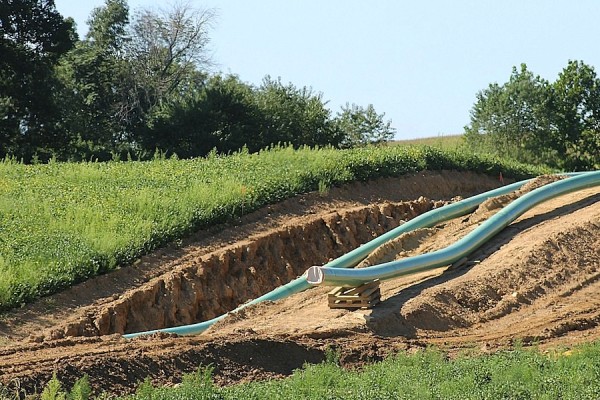
The Interstate Natural Gas Association of America (INGAA) estimates approximately 41,000 miles of pipeline and an additional 139,000 miles of gathering lines will be added now through 2035 to transport oil, gas and natural gas liquids. The use of horizontal directional drilling (HDD) provides a large role in minimizing surface disturbance and environmental impacts in construction through sensitive areas.
Exactly what is this technology and how does it work?
Join us for April’s webinar with Brian Younkin, project engineer with Directed Technologies Drilling, as he discusses what horizontal directional drilling is, how it works, its impacts and safe practices in the use of this process.
“The Mariner East 2 pipeline 303-mile project includes more than 240 sections of trenchless crossing, the majority of these to use horizontal directional drilling”, states Younkin. “The use of HDD allows placing pipeline underground and decreasing the need to trench on the surface, thus minimizing damage in ecosystems.”
Registration
While free, registrations for the educational webinars are necessary. You can register online or by calling 1-877-345-0691. For more information, contact Carol Loveland at 570-320-4429 or by email at cal24@psu.edu.
Next up
The Penn State Extension Shale Education Team will hold its next webinar on May 30. It will explore the chemical industry outlook with an emphasis on Northeast investment with Martha Moore, senior director, analysis and economics, at the American Chemistry Council.
Past webinars
Previous webinars, publications and information are available on the Penn State Extension natural-gas website, covering a variety of topics such as liquid natural gas, ethane use and global gas markets; health research; water use and quality; electric markets procurement; natural gas reserves; gas-leasing considerations for landowners; legal issues surrounding gas development and the impact of Marcellus gas development on forestland.
This post appeared first on Shale Gas Reporter.
